10 Ways A Good Day To Die Hard Ignored Everything The Original Die Hard Stood For (original) (raw)
Saying that A Good Day To Die Hard is the weakest installment in John McClane's legacy is an understatement. The fifth Die Hard movie made more than $200 million worldwide, but its universally poor reception all but killed the once-respected action franchise.
A lot of factors have been blamed for its quality, but A Good Day To Die Hard'sbiggest fault was ignoring almost everything that made the originala landmark. Despite having John's uncut famous catchphrase and featuring the song "Ode To Joy," this sequel was Die Hard in name only.
10 The Action Chased Current Trends Instead Of Redefining The Genre's Conventions
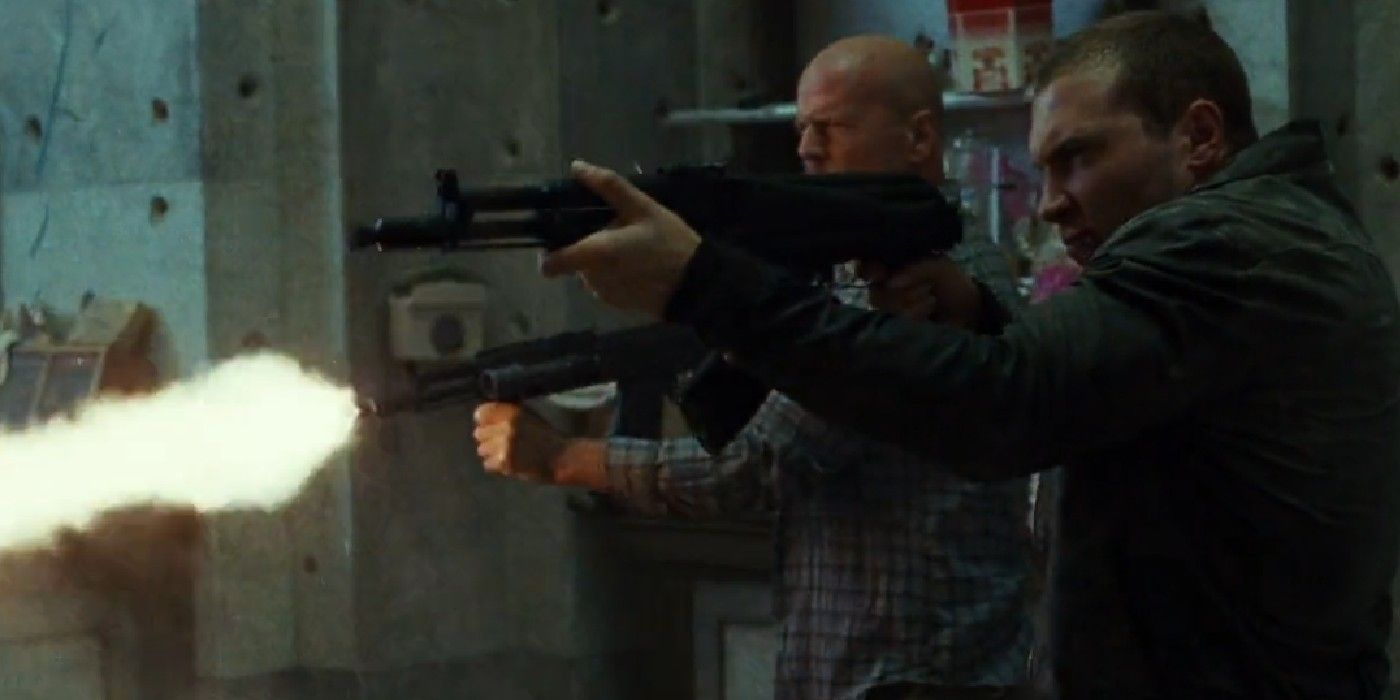
When Die Hard first hit theaters in 1988, there was literally nothing like it. The movie changed the action genre forever, paving the way forward for post-Cold War action storytelling through the everyman hero. Meanwhile, A Good Day To Die Hard chose not to innovate but imitate its contemporaries.
The fifth movie was released in 2013, and looked like any action movie from the 2010s. For example, the chaotic camerawork and washed-out colors were ripped from the Bourne movies, but without the artistic merit. Unlike the game-changing original or previous sequels that brought new ideas, all this movie had to offer was an overused Russian backdrop.
9 Focusing On Explosive Spectacle Was A Bad Idea
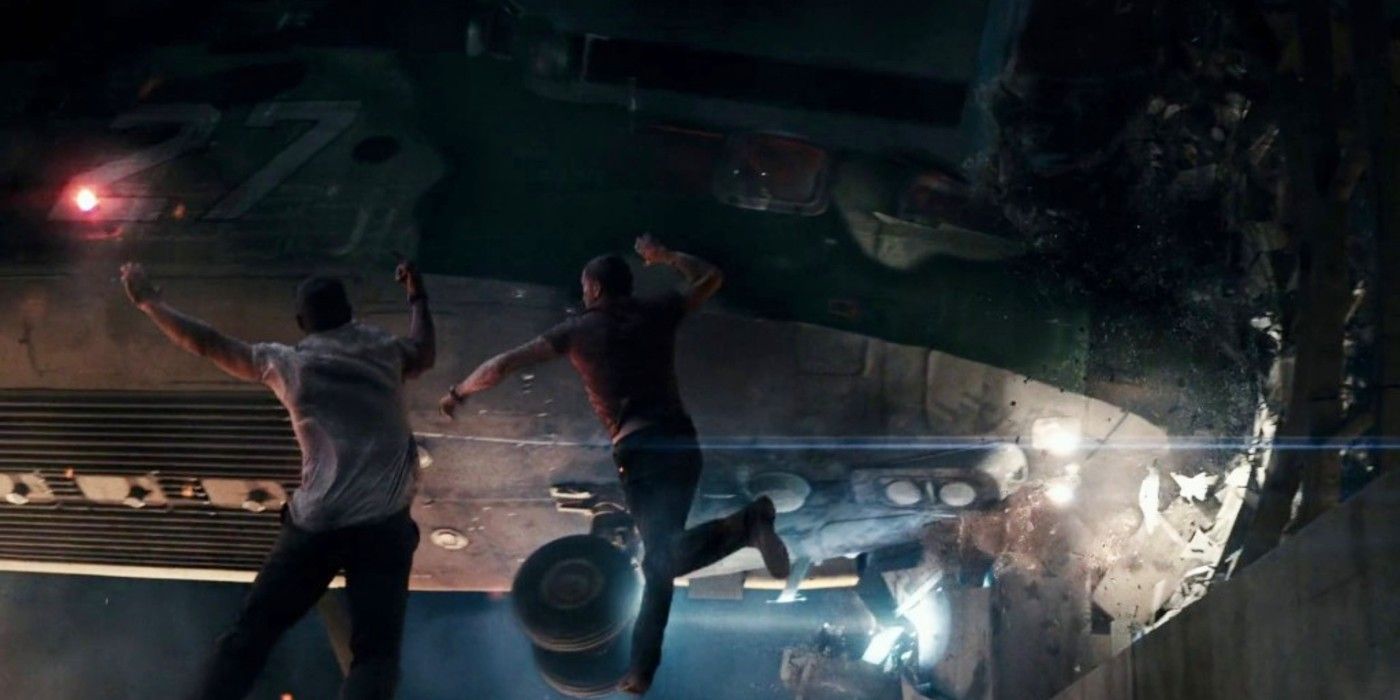
The simplest way to describe the action of A Good Day To Die Hard is "big and loud." When John and his son Jack aren't running away from a helicopter, they're dealing with countless mercenaries. This, despite gigantic gunfights and destructive car chases being the complete antithesis of Die Hard'saction.
John's style of fighting should be guerilla; he's at his best when he's forced to use his wits and improvise against foes that have him outgunned and outnumbered. To be fair, A Good Day To Die Hard isn't the first Die Hard to get this wrong; this was a franchise problem that began as far back as Die Hard 2.
8 It Didn't Take Its Time, Unlike The Previous Movies
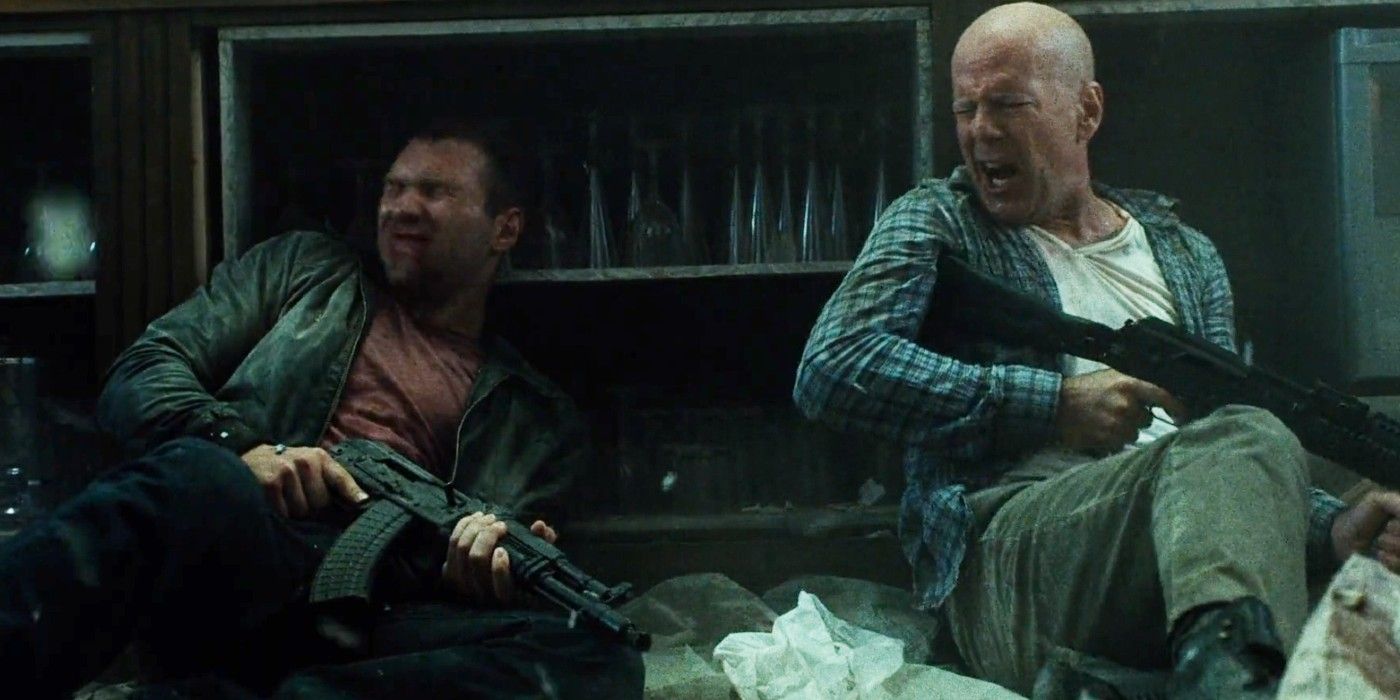
A Good Day To Die Hard clocked in at a brisk 97 minutes, making it the shortest Die Hard to date. A brief runtime isn't inherently bad but when the fifth movie is compared to its predecessors that were never shorter than 120 minutes, it exposes how barebones it was and how little thought was put into its story.
This also affected the movie's pacing. There's barely a quiet moment in A Good Day To Die Hard, wherethe excessive action scenes were broken up by the occasional short and meaningless conversation. Contrast this to Die Hard, where gunfights and escapes were spread out by significant moments of characterization.
7 John McClane Saving The World Contradicted His Grounded Appeal & Beginnings
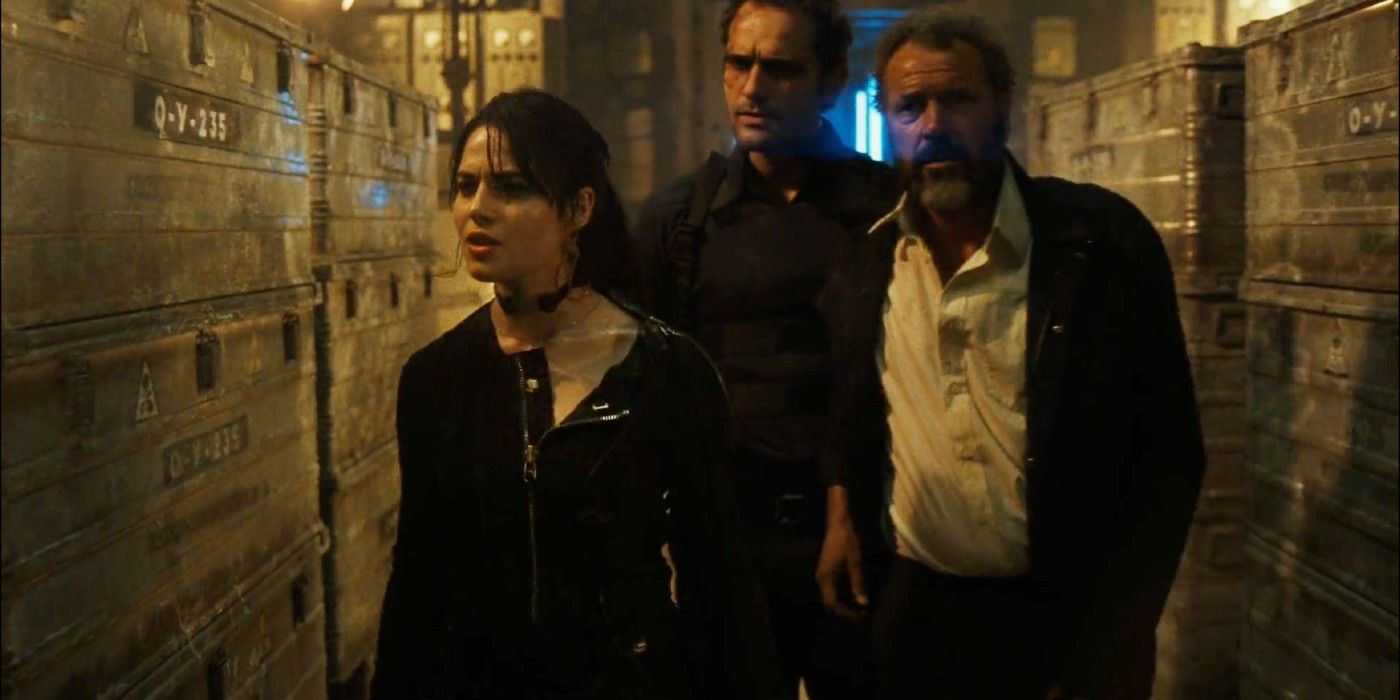
The big twist of A Good Day To Die Hard is that Yuri Komarov, the CIA informant the McClanes protected, was a terrorist mastermind. Yuri plotted to steal weapons-grade uranium and sell it to the highest bidders. The endgame is clear: John must stop Yuri from starting a nuclear war. The problem is, John isn't a world-saving kind of hero.
As an everyman, John is at his best when fighting for grounded stakes. Die Hard did this best, where he saved his wife and her co-workers from Hans Gruber's men. Besides being a broad and generic motivation, saving the world watered down John's blue-collar relatability and any personal stakes he may have had.
6 The Villain Belonged In A Bond Movie, Not A Die Hard Sequel
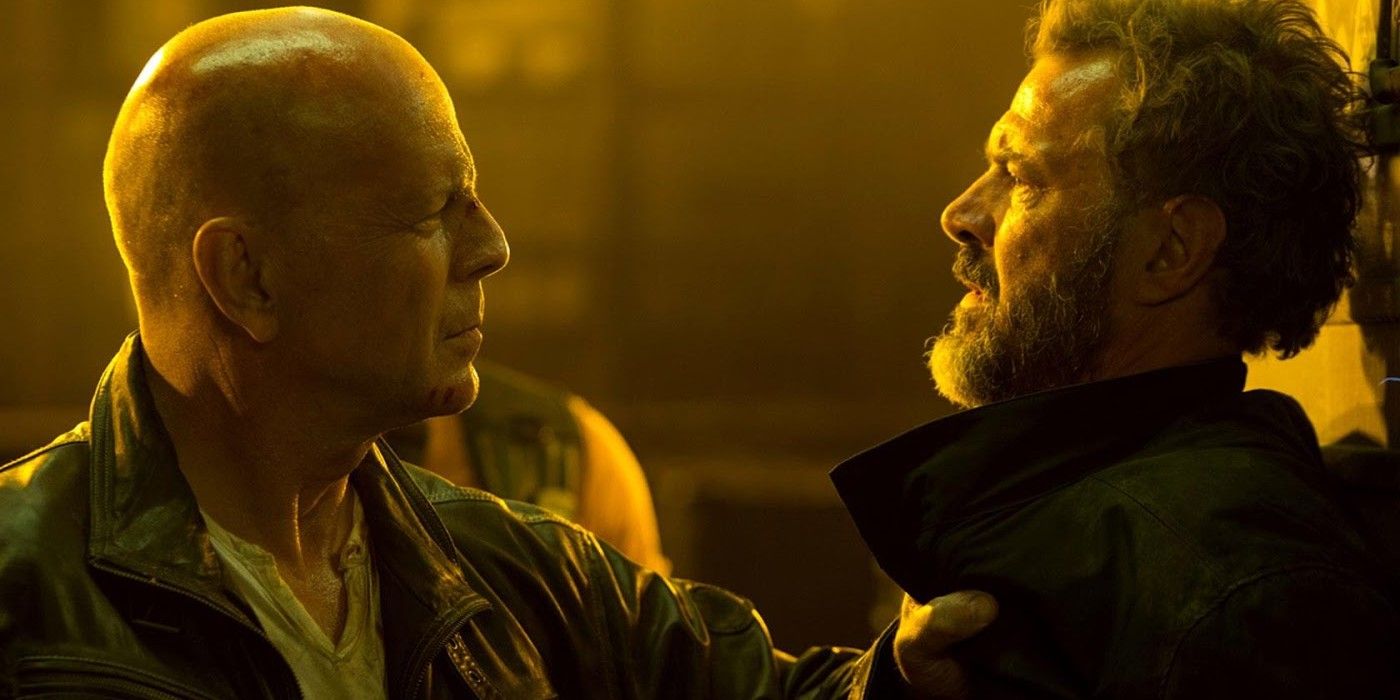
With his goal of stealing superweapons and its geopolitical implications, Yuri better fits in the conspiracy-driven world of James Bond. Besides contradicting Die Hard'score, he doesn't have much personality. There's little difference in Yuri before and after his villainous turn, which makes him one of Die Hard's most boring characters ever.
A good Die Hard villain amplifies John's appeal as a blue-collar audience avatar by making him knock pretentious elitist villains down a peg. This is where Hans and Simon Gruber excelled, and where Yuri failed. Even the much-maligned Live Free Or Die Hard got this right, with Thomas Gabriel using a cyber revolution to mask his blackmail ploy.
5 John McClane Shot First & Asked Questions Later
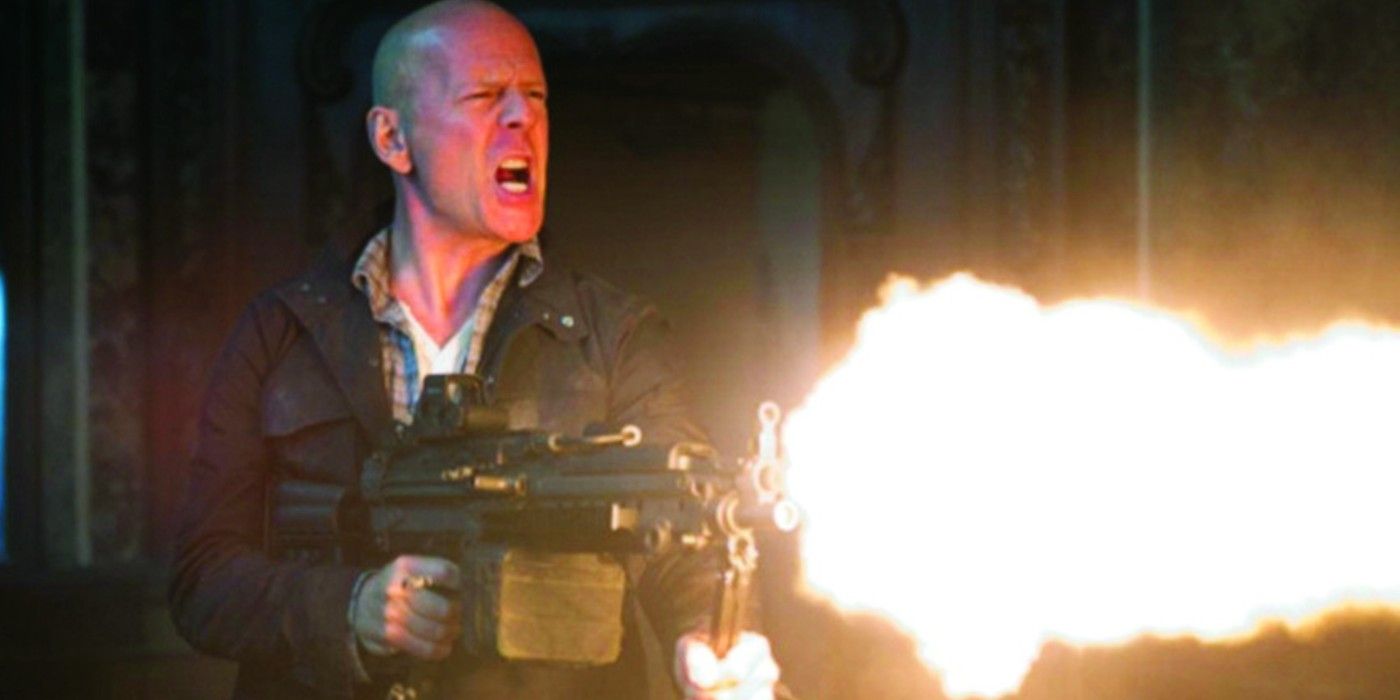
John may be the textbook definition of a cowboy cop, but he's not a murderer; at worst, he killed in self-defense. Despite the collateral damage he caused, saving people was always his priority. This respect for life disappeared in A Good Day To Die Hard, where he shot or punched whoever got in his way.
Whether it was Alik's gunmen or Russian civilians, John paid close to no attention to anyone's safety. Not only did this ignore John's original trait of being a reluctant but well-meaning hero, but it was also incredibly out-of-character for him to not care for those who got caught in the crossfire.
4 Putting John McClane In A Buddy-Cop Adventure, Even If The Formula Only Worked Once
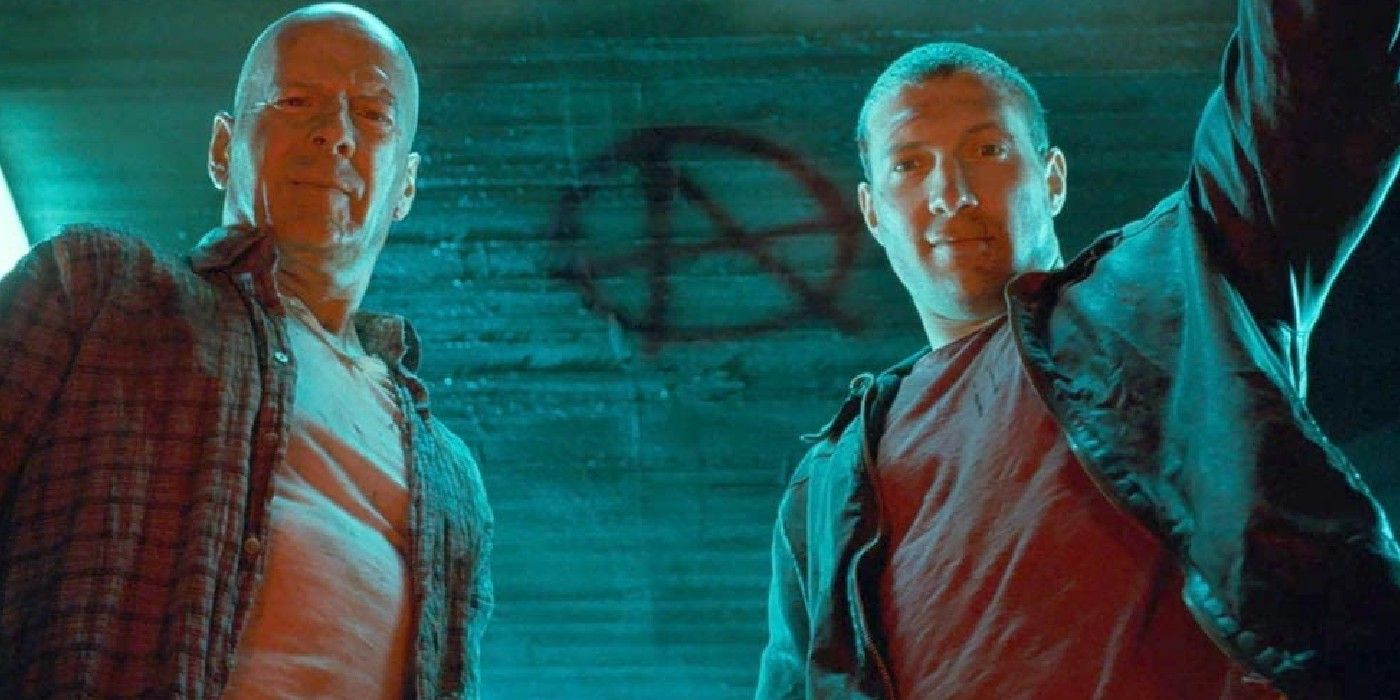
Die Hard'sthrills came form seeing John conquer impossible odds alone, with only the mildest of back up. This was subverted to thrilling effect in Die Hard With A Vengeance, where he was forced to work with the equally temperamental Zeus Carver as part of Simon's game. However, thisshould've been the exception, not the rule.
After Zeus, John got two more partners in Mattand Jack. Not only were they not as charismatic as Zeus, but neither were John's equal or foil like Zeus was. Their only purpose was to make jokes about John's age and shower him with praise, which only diminished his original appeal as a heroic but otherwise normal cop.
3 Turning The McClane Family Into A Bloodline Of Action Heroes Missed Their Point As Characters
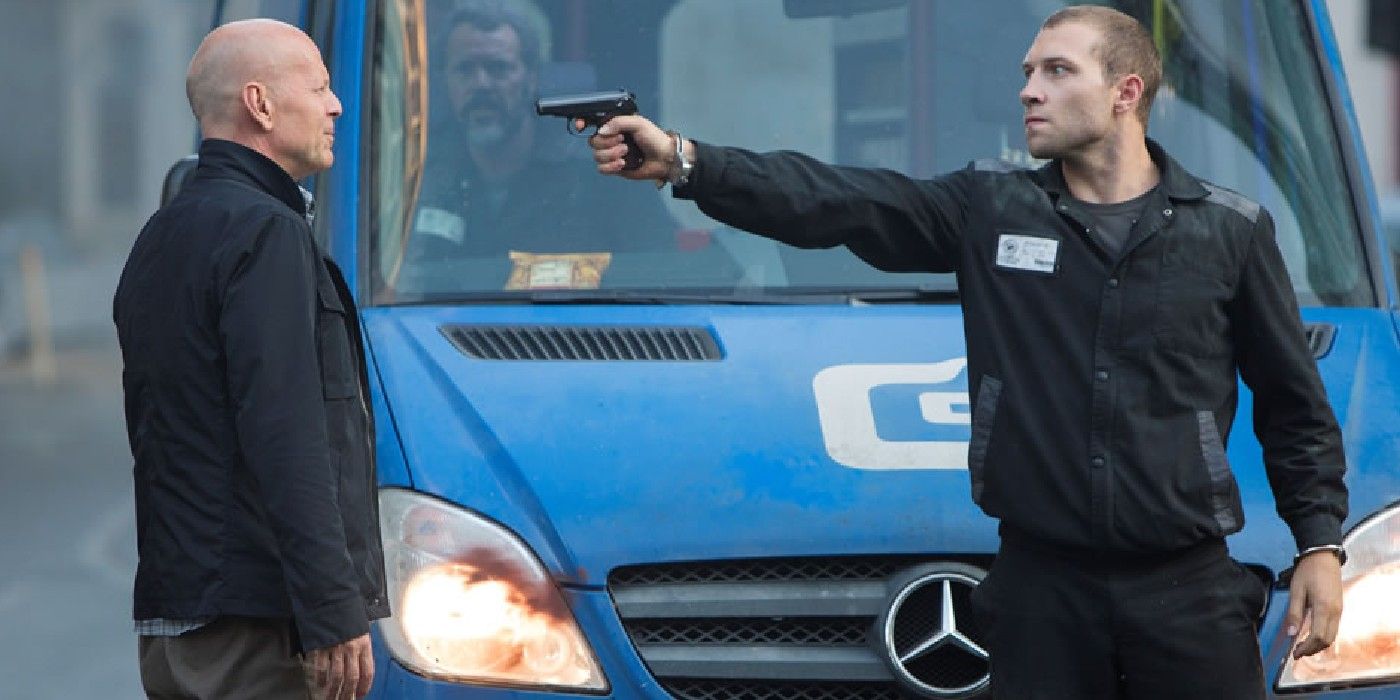
Previously, the McClanes were kept out of the action. While it could be argued that they should've been more involved, doing so would've robbed them of their everyday relatability. John may be an action hero, but he was still the dad of an ordinary household. This was a good reminder of his personal stakes that contrasted his bombastic adventures.
A Good Day To Die Hard,meanwhile, revealed that Jack became a CIA agent. The problem isn't John working with his estranged son, but that Jack is apparently the star of his own action movie. What made John unique was that he was a normal guy in the wrong place at the wrong time who somehow saved the day in spite of himself. Making him this genetic robs his impact and limits his family to being extensions of himself.
2 John McClane Became Too Unlikeable In The Fifth Die Hard
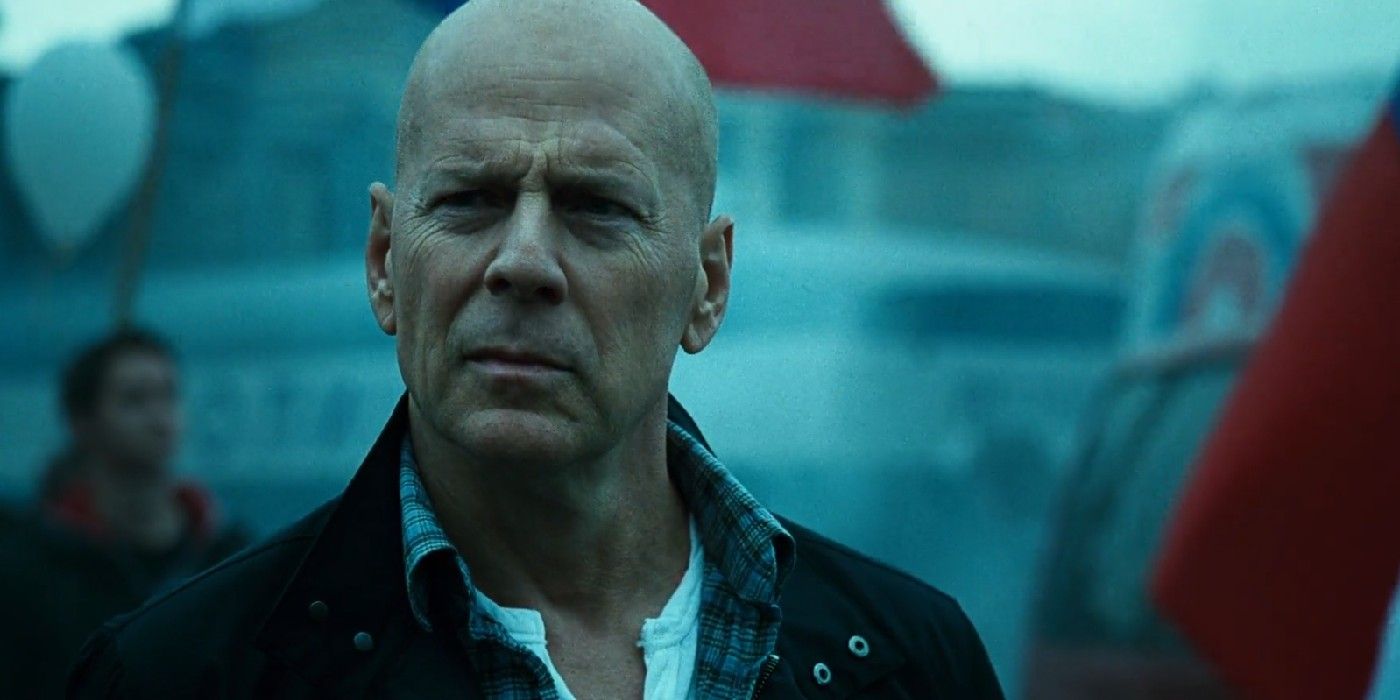
John isn't the easiest person to be around. When he's not trying to save his failed marriage, he's a sarcastic jerk. The thing is, there was a lot more to him than this. John is a good man at heart who'd do anything for his family while also fulfilling his duty to protect and serve. This was amplified in the sequels, where his personal life got progressively worse but he still waged a thankless good fight.
This nuance disappeared in A Good Day To Die Hard. Here, he was a bitter old man who hated everything and everyone, which is the most basic reading of his previous and better characterizations. Worse, he had no heroic drive; he was just a rude jerk on vacation who bumbled his way into a potential nuclear crisis.
1 John McClane Devolved From An Everyman To A Parody Of An Action Hero
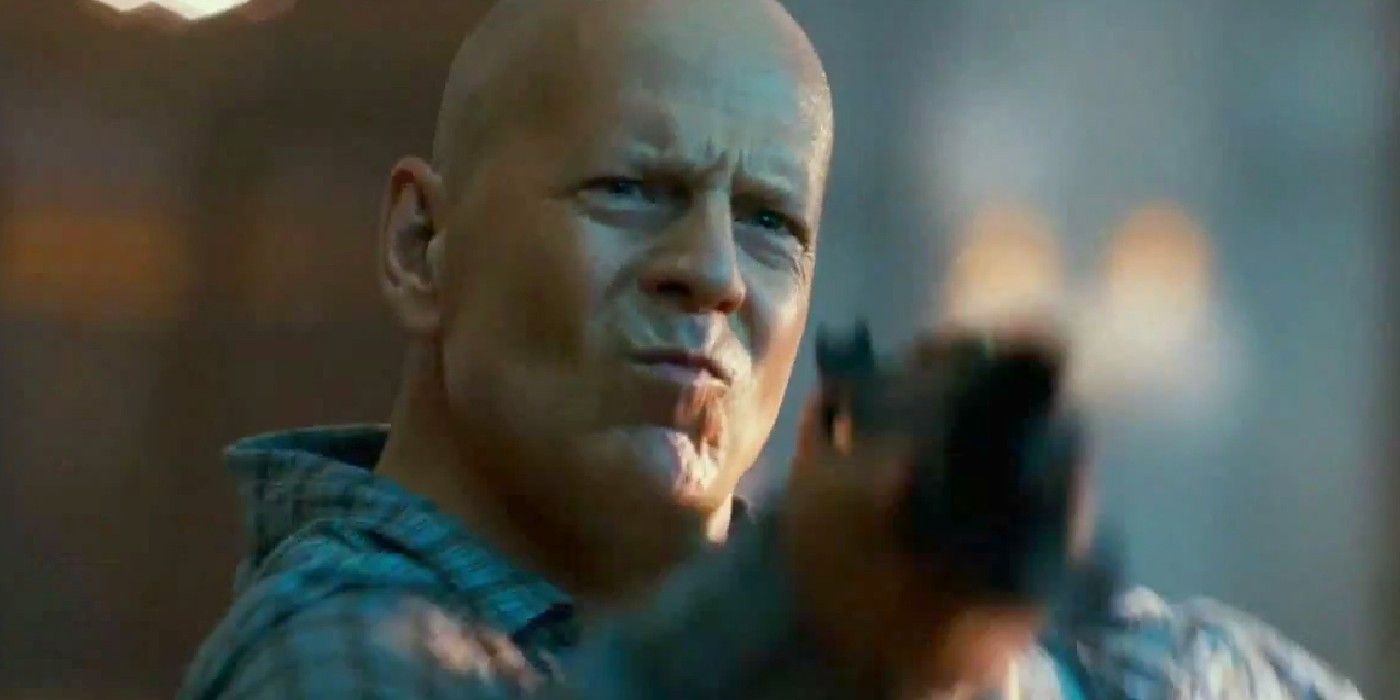
The worst way A Good Day To Die Hard misunderstood the original was in how it depicted John. Originally, John was the quintessential blue-collar anti-hero: He may be a world weary cop with a chip on his shoulder, but he'd put himself in harm's way if it meant saving ordinary people from death and danger.
Meanwhile, the fifth Die Hard flattened John into a one-dimensional parody of an action hero who only existed to shoot bad guys, blurt out quips and survive all kinds of danger. This was already a consistently escalating problem in the sequels, but Live Free Or Die Hard and A Good Day To Die Hard exacerbated it beyond repair.
NEXT: 9 Actors Who Seem Bored With Their Career (But Keep Making Movies Anyway)